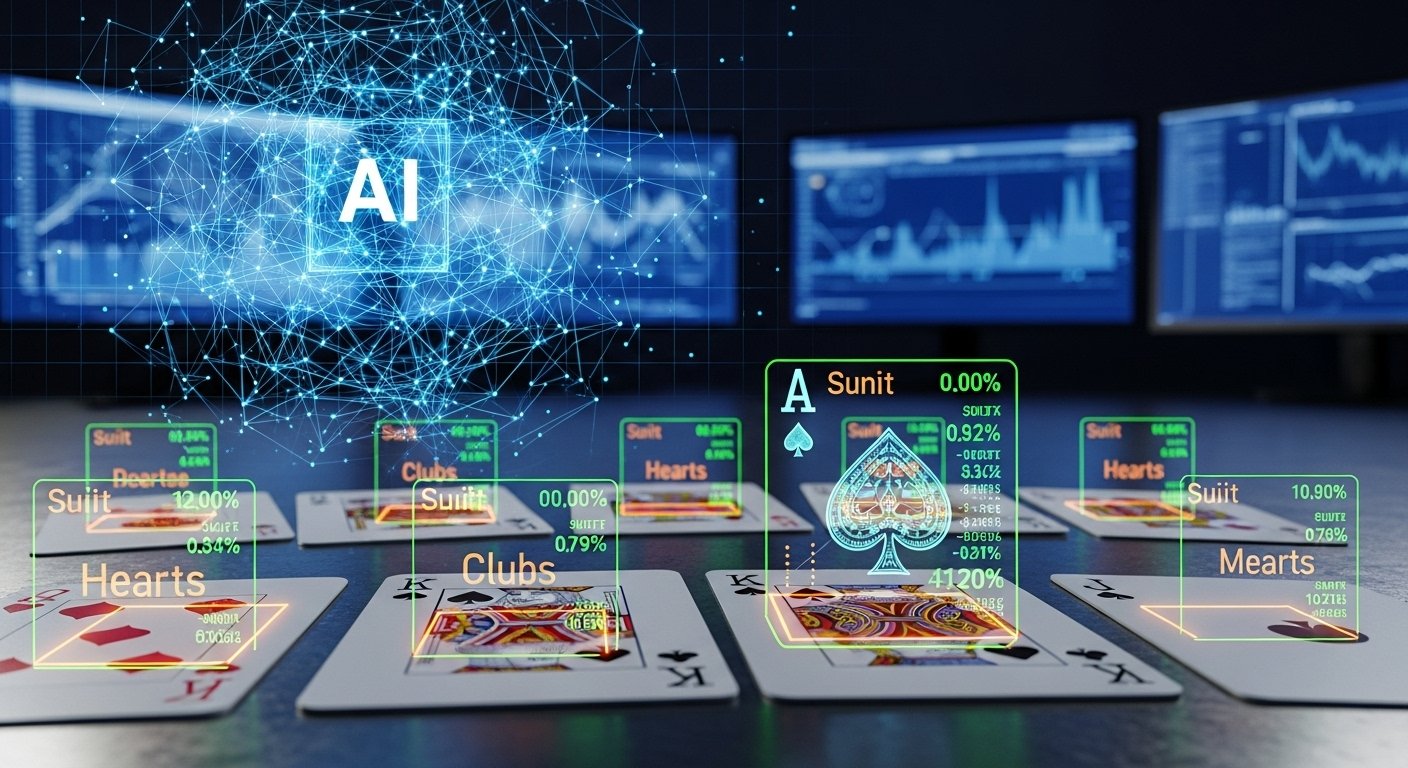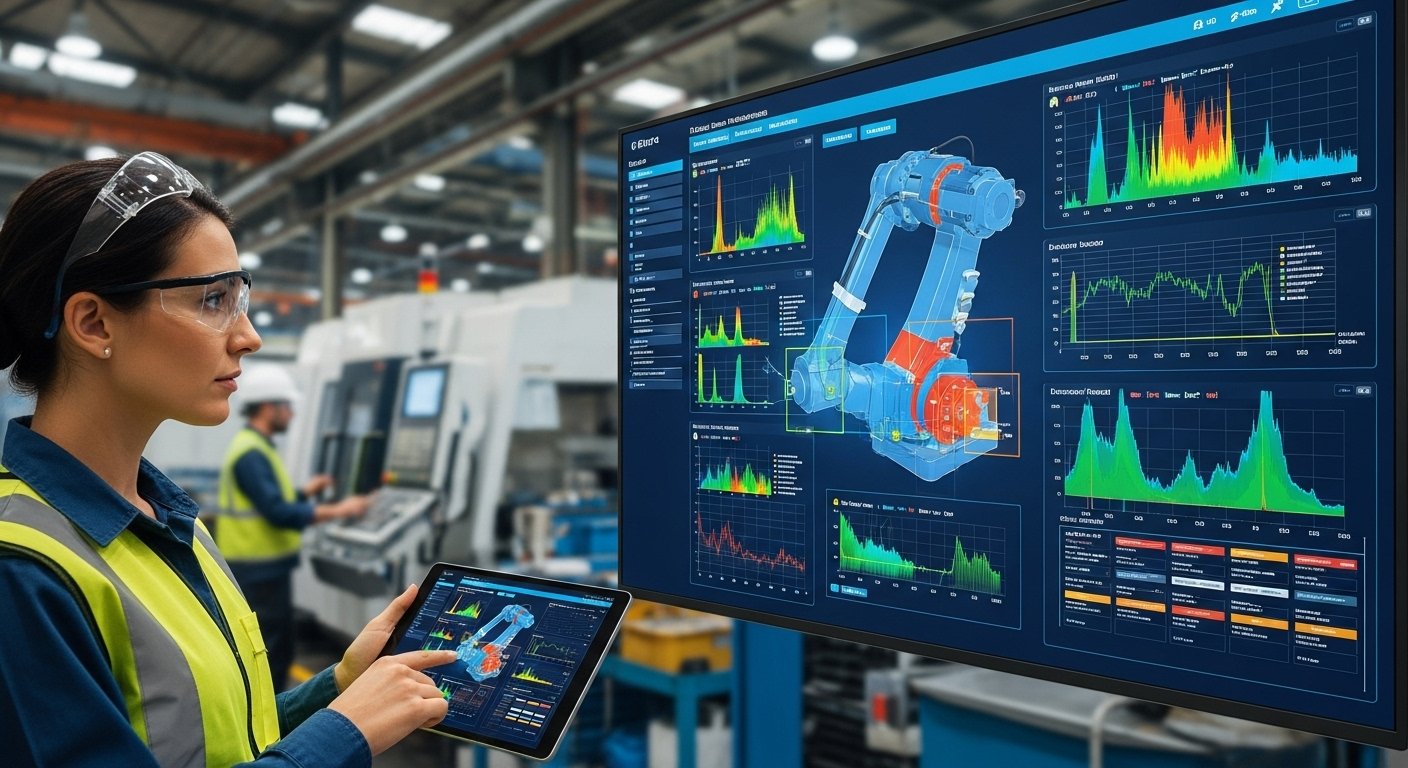In today’s rapidly advancing digital world, artificial intelligence (AI) is transforming many industries, and the gaming sector is no exception. One fascinating application of AI is in the realm of playing cards. Whether you’re a poker enthusiast, a magician, or a developer looking to create the next big card game, AI models to recognize playing cards are rapidly changing how we interact with games. These AI models use computer vision to identify card values and suits, providing a level of accuracy and speed that was once impossible.
From online gaming platforms to real-world applications, AI is enhancing how we play, analyze, and interact with card games. In this article, we’ll delve into how these AI models work, their applications, and how they are shaping the future of card games. If you’ve ever wondered how AI can recognize playing cards, you’re in the right place.
How Do AI Models Recognize Playing Cards?
The Basics of AI and Computer Vision
AI models that recognize playing cards typically use a branch of AI called computer vision. Computer vision enables machines to interpret and understand the visual world, mimicking the way humans see and process images. These models are trained to recognize specific objects within images, which, in this case, are the different cards in a deck.
The AI system analyzes visual data, looking for patterns, shapes, and textures that are unique to playing cards. By using datasets of annotated images, the AI learns how to identify features such as:
-
Card Suit (hearts, diamonds, clubs, spades)
-
Card Rank (Ace, King, Queen, Jack, numbers 2-10)
-
Card Orientation (upright, tilted, or flipped)
The Role of Deep Learning in Card Recognition
Deep learning, a subset of machine learning, is often used in AI models to recognize playing cards. Specifically, convolutional neural networks (CNNs) are highly effective in image processing tasks. CNNs analyze the image pixel by pixel, identifying features like edges, textures, and patterns that help distinguish each card.
This process enables the model to classify playing cards with high accuracy, even in challenging conditions such as varying light, shadows, and complex card layouts.
Real-World Applications of AI Models in Playing Cards
AI models that recognize playing cards have several practical applications, each of which contributes to a more efficient, interactive, and fun gaming experience. Here are a few key areas where these AI models are making an impact:
1. Online Poker and Casino Games
AI models are being used in online poker and casino games to enhance the gaming experience for both players and developers. In online games, AI models help automate card recognition, ensuring that card values and actions are tracked accurately. This is especially helpful for developers creating virtual dealers or automated gameplay systems.
For example, AI systems can automatically detect the cards in a player’s hand or the community cards on the table, ensuring that the game flows smoothly and players’ actions are logged correctly. AI can also be used to detect cheating, such as tracking card patterns or identifying suspicious betting behaviors.
2. Augmented Reality (AR) and Magic Tricks
Magicians and entertainers are now using AI to enhance their performances. By integrating AI with augmented reality (AR), magicians can create interactive card tricks that seem to defy logic. For example, AI can detect the card you’re holding in your hand and display virtual effects that make it appear as though the card has magically changed or disappeared.
AI-powered AR applications are also being explored in educational settings, where users can interact with virtual cards to learn card games or improve their skills.
3. Card Sorting and Detection for Robotics
AI models that recognize playing cards are being utilized in robotics, particularly in tasks like card sorting and automated card games. Robots equipped with computer vision and AI can sort cards based on their suit and rank, making them ideal for applications in casinos or game studios where large volumes of cards need to be organized quickly.
For example, a robot might be trained to automatically shuffle and deal cards in a game, mimicking human interactions but with much higher precision.
4. Gaming Analytics and Strategy
AI doesn’t just recognize cards; it can also analyze them. Advanced AI systems can track the cards played in a game, calculate odds, and even make decisions based on the current state of the game. For example, an AI model could be used to train players by analyzing their hand history and offering suggestions for strategic moves. In competitive gaming, AI could also be used to assess opponents’ playing styles, giving players an edge.
Benefits of Using AI for Playing Card Recognition
AI-powered card recognition brings many advantages, both to players and developers. Here are some of the key benefits:
Increased Accuracy and Speed
AI models can recognize cards with a high degree of accuracy and speed. This makes the game flow faster, reducing the likelihood of errors and ensuring a smooth experience. Whether it’s an online poker game or a real-world application, AI helps eliminate mistakes in card reading and classification.
Enhanced User Experience
For players, the use of AI means a more seamless and engaging gaming experience. With card recognition technology, users no longer have to manually input card details in online games. AI can automatically detect and display card values, enabling a more interactive and immersive experience.
Real-Time Data and Insights
AI models can provide real-time data analysis, giving players valuable insights into the game. By analyzing card distributions, AI can help players make more informed decisions. Developers can also use AI to track player behaviors and suggest personalized gameplay improvements.
Prevention of Cheating
AI models can detect cheating by analyzing patterns in card play. For instance, in poker, AI can identify if a player is trying to mark or manipulate cards. In online games, AI can also flag suspicious activities, such as the use of bots or collusion between players.
Challenges in Card Recognition with AI
While AI models to recognize playing cards offer many benefits, there are still some challenges to overcome:
1. Variations in Card Designs
Different decks of cards have unique designs, which can make it difficult for an AI model to recognize cards accurately across various types. Some cards may have intricate patterns or graphics that make them harder to distinguish.
2. Occlusion and Overlapping Cards
When cards are stacked, overlapped, or obscured by other objects, it can be difficult for AI models to detect the individual cards. Handling such scenarios requires advanced image preprocessing techniques and higher-quality datasets.
3. Lighting and Environment Conditions
The lighting conditions in a real-world setting can have a significant impact on the accuracy of card recognition. Shadows, reflections, and varying light intensity can make it more difficult for AI models to identify cards correctly. This challenge is especially prevalent in live casinos or home-based games.
Future of AI in Playing Cards
As AI technology continues to evolve, we can expect even more advanced applications for playing card recognition. Some potential advancements include:
-
Improved Multitask Learning: AI models will become better at multitasking, recognizing multiple cards at once with greater precision, even in cluttered or occluded scenarios.
-
Integration with Virtual Reality (VR): We might see AI systems used in VR environments, where players can interact with cards in a fully immersive 3D world.
-
Personalized Gaming: AI could offer personalized experiences, adjusting the difficulty level or game rules based on a player’s skill level, providing a more tailored gaming experience.
Conclusion
AI models to recognize playing cards are reshaping the gaming industry, offering improved accuracy, faster gameplay, and enhanced user experiences. By using advanced computer vision and machine learning techniques, AI has made card games more efficient, secure, and engaging for players and developers alike. As AI technology continues to advance, we can expect even more innovative applications, from automated card sorting to personalized gameplay strategies. Whether you’re an enthusiast, a developer, or a gamer, AI is undoubtedly changing the way we interact with cards.
FAQs
Q1: What is the role of AI in recognizing playing cards?
AI models use computer vision to identify the rank and suit of playing cards. These models analyze images of cards, detecting specific patterns and features to classify each card accurately.
Q2: Can AI detect cards in real-time games?
Yes, AI can recognize cards in real-time games. Whether in online platforms or live games, AI can track and classify cards quickly, ensuring smooth gameplay.
Q3: What are some common challenges in card recognition using AI?
Challenges include variations in card designs, occlusion (overlapping cards), and environmental factors like lighting and reflections, which can affect the accuracy of recognition.
Q4: How can AI prevent cheating in card games?
AI models can detect unusual patterns in card play, flagging potential cheating behaviors, such as card marking or collusion between players.
Q5: What is the future of AI in card games?
The future of AI in card games includes improved multitask learning, integration with virtual reality (VR), and personalized gaming experiences tailored to individual players.








Leave a Reply